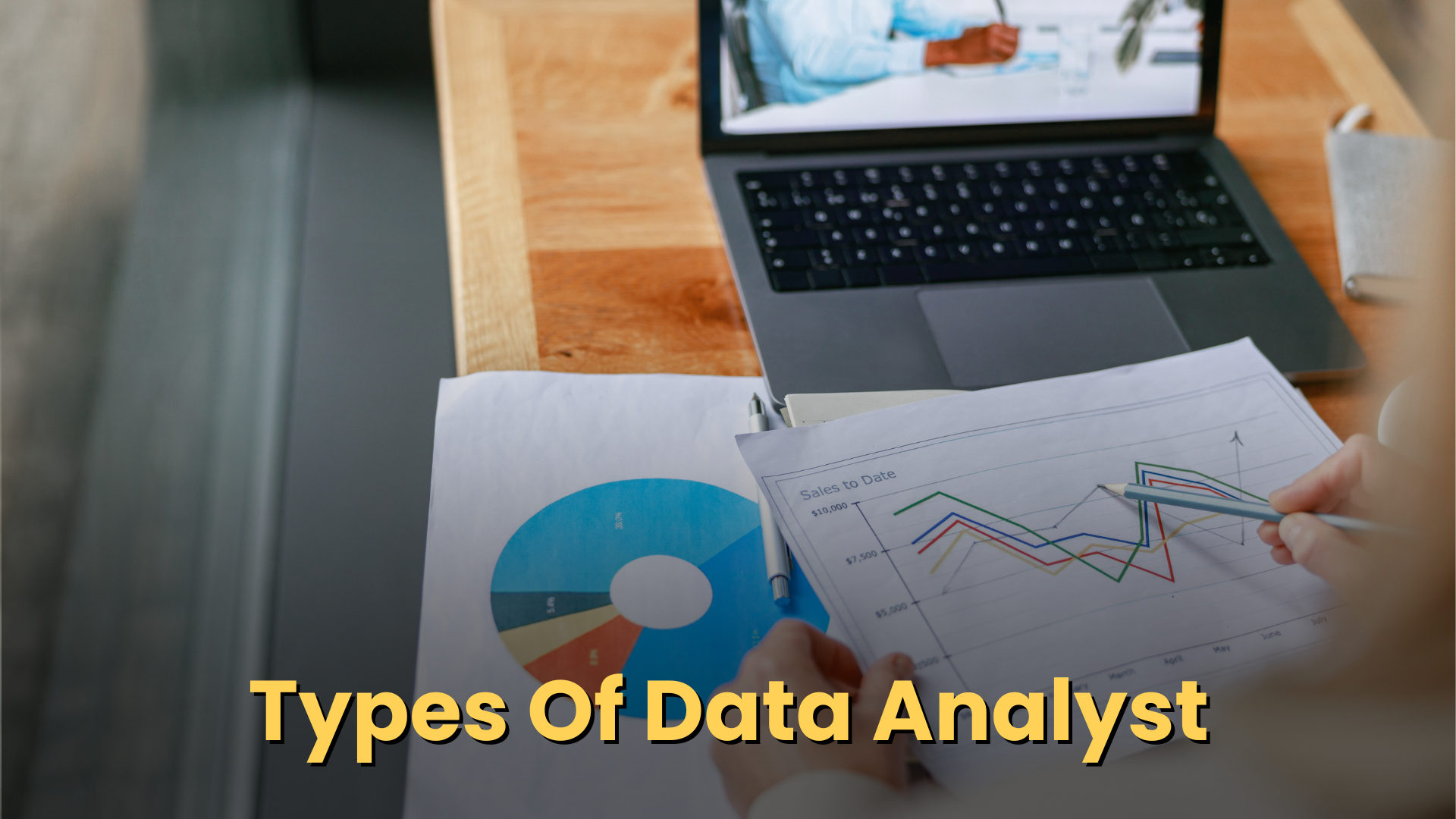Data analytics is the systematic process of examining datasets to uncover patterns, draw conclusions and support decision-making. It is an essential part of modern business operations and plays a crucial role in strategic planning. Organisations across industries rely on data analytics to increase efficiency, predict trends and understand consumer behaviour. With its growing influence, the ability to interpret and apply analytical insights has become a key asset for driving long-term success.
What Is Data Analytics?
Data analytics involves collecting, processing and analysing raw information to derive useful insights. The goal is to make data-driven decisions that improve performance and profitability. Through various tools and techniques, analysts transform unstructured inputs into actionable output. This approach supports both short-term solutions and long-term strategies in multiple sectors. Overall, understanding the essence of data analytics shows the power of an organization, helps to stay in market, competitive and forward-thinking in this digital age.
Types Of Data Analytics
The field of data analytics is categorized into four major types, each one present a unique purpose in the decision-making process:
1. Descriptive Analytics: This analytics focuses on summarising past event data to understand what happened over a specific period. This method uses statistical techniques to present trends and metrics through visual dashboards and reports. By examining historical data, companies gain clarity on past performance which helps them identify what worked and what needs improvement.
Example: A retail company evaluates monthly sales records to identify which products performed best during the festive season. This insight helps to plan future inventory and ensures that high-demand items are stocked accordingly.
2. Diagnostic Analytics: This analytics aims to determine why certain outcomes happened. It digs deeper into past results to find relationships, dependencies and root causes. By pinpointing the factors behind success or failure, organisations can prevent future issues and replicate effective practices.
Example: An e-commerce platform investigates a sudden decline in user engagement. Diagnostic tools reveal that a recent update disrupted the user interface, resulting in loss . With this clarity, the team can enhance testing protocols to avoid similar setbacks.
3. Predictive Analytics: Predictive analytics anticipates future events by analysing current and historical data using machine learning and statistical models. It allows businesses to prepare in advance and reduce uncertainties. This forward-looking approach enhances future preparation and supports confident planning.
Example: A logistics company forecasts delivery delays based on weather patterns and traffic data. As a result, alternate routes are pre-planned to maintain service standards, minimize traffic and give smooth service.
4. Prescriptive Analytics: Prescriptive analytics recommends specific actions based on predictions and existing data. It combines mathematical models, optimisation techniques and model algorithms to suggest the best course of action. This data-driven guidance ensures optimal decision-making at every level.
Example: A food delivery app uses prescriptive analytics to recommend promotional strategies based on user behaviour, location and time of day. This leads to targeted marketing efforts and improved conversion rates.
Each type of data analytics plays a crucial role in transforming information into value. When combined, they offer a complete framework for both analysing the past and designing the future.
Types Of Data In Business Analytics
Different forms of data are used across analytics stages. Each plays a vital role in generating precise insights:
- Structured Data: Organised in rows and columns, such as databases and spreadsheets. Suitable for SQL queries and dashboard visualisation, the structured data allows efficient querying and reporting.
- Unstructured Data: Includes emails, videos, social media content and customer feedback. Requires text analysis for interpretation and adds context to structured insights of data.
- Semi-Structured Data: Combines both structured and unstructured formats like XML files( Extensible Markup Language) or JSON documents (Java Script Object Notation). Offers flexible data storage and acts as a bridge between rigid databases and free-form content.
- Metadata: Provides information about other data such as file size or creation date. Useful for data management and tracking as it enhances traceability and governance in analytics.
Process Of Data Analytics
Following the given below structured process ensures accuracy and relevance in outcomes. Each step builds toward meaningful insights that influence business decisions. The journey from raw data to decision-making involves several systematic stages:
1. Data Collection: Gathering inputs from sensors, surveys, transactions or external sources.
2. Data Cleaning: Removing inconsistencies, duplicates or irrelevant entries to ensure accuracy.
3. Data Transformation: Converting inputs into usable formats for analysis.
4. Data Analysis: Applying models, algorithms and statistical methods to explore trends.
5. Interpretation And Reporting: Translating results into insights presented via charts or written reports.
Methods Of Data Analytics
Various analytical methods help organisations extract value from data. These include:
- Regression Analysis: Determines relationships between variables for forecasting purposes
- Classification Techniques: Categorises data into segments for easier analysis
- Clustering Algorithms: Groups similar data points to identify patterns
- Time Series Analysis: Tracks changes over time to find recurring trends
- Sentiment Analysis: Evaluates customer opinions through social media or reviews
Skills Required To Be A Data Analyst
To succeed in the analytics domain, professionals require a blend of technical and analytical expertise:
- Statistical Knowledge: Understanding probability, hypothesis testing and data distribution. This foundation is critical for validating conclusions.
- Programming Proficiency: Knowledge of languages like Python, R or SQL for data manipulation. Coding knowledge accelerates automation and complex modelling.
- Data Visualisation Tools: Ability to use platforms like Tableau, Power BI or Excel. Visualisation supports quick interpretation and storytelling.
- Critical Thinking: Interpreting results logically and deriving meaningful conclusions. It ensures that insights are relevant and context-aware.
- Communication Abilities: Presenting findings clearly to stakeholders without technical jargon. Effective communication bridges the gap between data and decision-makers.
Features Of Effective Data Analytics
High-quality analytics is defined by specific characteristics:
- Accuracy: Results reflect real-world conditions without misrepresentation. It ensures trust in the findings and reduces costly mistakes.
- Timeliness: Insights are generated promptly to aid decision-making. Speed helps capture opportunities and respond to change.
- Relevance: Focus remains on objectives that matter to the organisation. Relevant data avoids noise and supports clarity.
- Scalability: Techniques work across large and small datasets equally well. Scalability makes solutions sustainable as data volumes grow.
- Accessibility: Data is available to relevant teams for prompt utilisation. Easy access promotes collaborative analysis and shared understanding.
Jobs On Job Hai Platform
Why Data Analysis Is Important
The significance of data analysis cannot be overstated. It allows companies to:
- Identify: It helps identify inefficiencies and reduce operational costs. Streamlining resources leads to better returns
- Forecast: Future Outcomes and improved planning. It helps businesses stay one step ahead
- Trend: Understand market trends and consumer behaviour and helps support innovation and customer satisfaction
- Reduce Risk: Detect problems and loopholes to minimise risk. Quick identification of issues prevents damage and improves resilience
- Innovation: Bring innovation by identifying new business opportunities
Who Needs Data Analysts?
In every domain, analysts play a crucial role in shaping strategies and measuring performance. Their work turns raw data into meaningful actions. This creates demand for data analysts across various industries. Professionals are required in:
- Retail And E-Commerce: Monitor buying patterns and personalise user experience. Analytics improves conversion and loyalty
- Healthcare: Track patient outcomes and optimize treatment protocols. Data improves accuracy and patient care
- Banking And Finance: Helps in fraud detection and assess credit risk. Analytics ensures compliance and secure operations
- Telecommunications: Calculate potential customer and network performance these insights help improve service quality and retention
- Government Agencies: Improve policy planning through population data. Public services become more efficient and targeted
Conclusion
Understanding the different types of data analytics helps unlock business potential. With proper methods, skilled professionals and relevant tools, companies can translate data into growth. Each type of analysis, descriptive, diagnostic, predictive and prescriptive, offers a unique vision and performance, solves challenges and charts a clearer future. Practicing and doing analytics is not just a competitive advantage but a necessity for sustainable success.
FAQs
Q1. What are the four main types of data analytics?
A- Descriptive, diagnostic, predictive and prescriptive.
Q2. Which data type is used in business analytics?
A- Structured, unstructured, semi-structured and metadata.
Q3. What is the role of a data analyst?
A- To collect, clean, process and interpret data to support business decisions.
Q4. What skills are essential for data analytics?
A- Statistics, programming, visualisation tools, critical thinking and communication.
Q5. Why is data analytics vital for modern business?
A- It supports strategy, efficiency, innovation and evidence-based decision-making.








 Facebook
Facebook Instagram
Instagram Twitter
Twitter